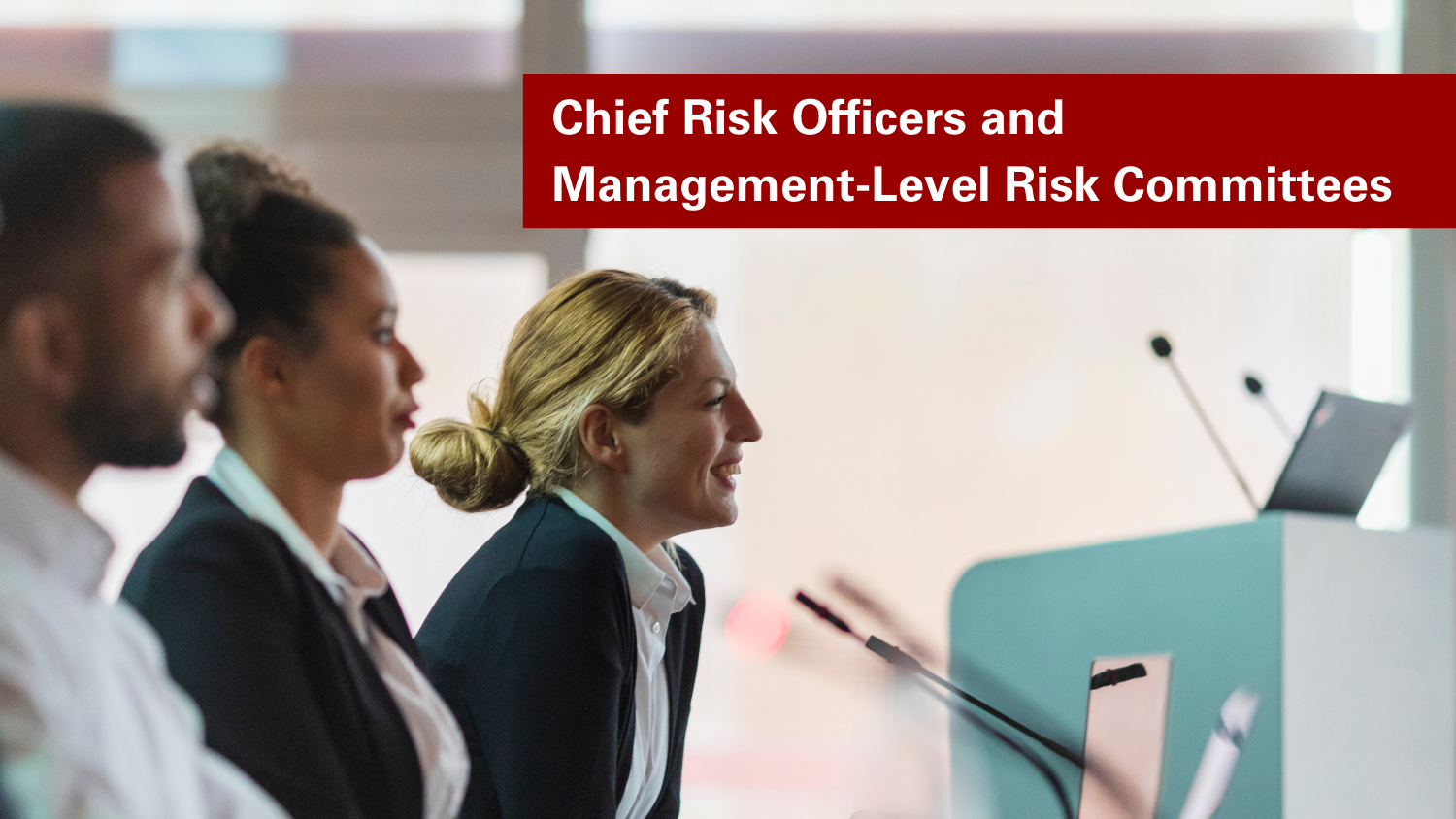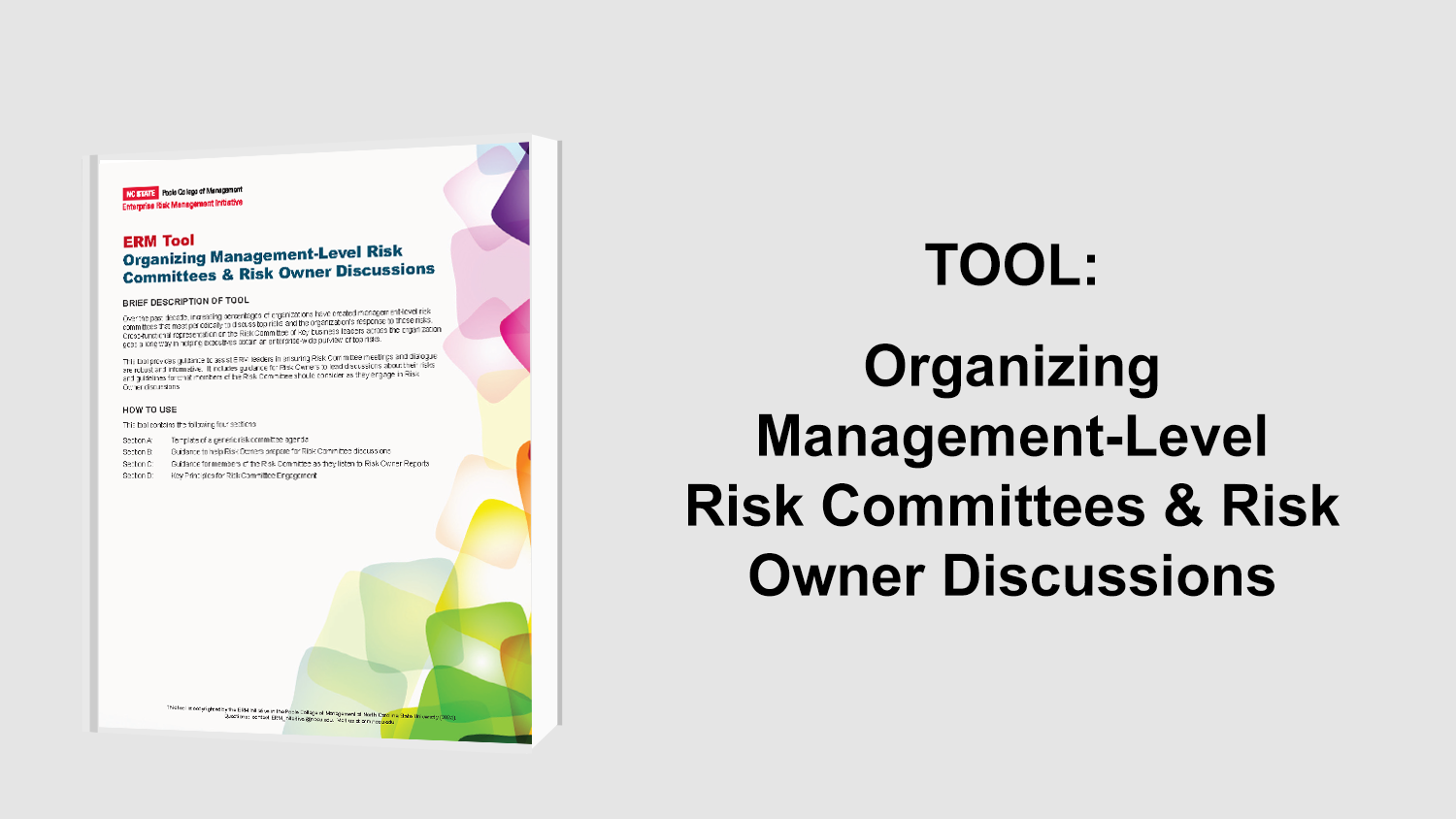Transforming Reputation Risk Management

When breaking news hits the wires, it can trigger immediate financial impacts for major national organizations. Billions of dollars in market capitalization can be vaporized in a single news cycle, reflecting instantaneous Wall Street projections of diminished sales and earnings. That is classic headline risk.
But investors are not the only people who will see those headlines. Employees will see the news, along with legislators, regulators, litigators, competitors — and your customers. And, their reactions can result in financial and strategic impacts ranging from Congressional hearings and costly litigation to customer attrition and C-suite firings. That is reputation risk.
While organizations actively manage reputations — largely through brand and PR campaigns — reputation risk tends to be managed somewhat more passively, through committee processes and crisis playbooks. That begs the question – considering the potential material financial and strategic impacts, should reputation risk be managed more proactively?
Rhetorical question. Reputation is a shared asset, a connective tissue that spans entire organizations. Organizations can transform capabilities for measuring, monitoring, and ultimately mitigating risk to reputation to defend hard-earned brand equity, and in some cases close a strategic risk-management gap.
Measure: Separate Signals from the Noise
A good first step is to assess your organization’s ability to separate signals from the noise. Although content analysis may have been a reliable barometer of news reach and influence back in the day of three broadcast news networks and the daily newspaper – and I’m not convinced that it was — that approach has been widely disrupted by the digital media.
Why is that? Relying on decades-old PR theory, the volume and tonality of news was held out as a proxy for media reach and influence with people. But in practice, news that was published in the media and news that people actually saw or heard — and remembered — have always been two quite different things.
In order to confidently separate signals from the noise – to generate time-series data benchmarking news reach and influence with people – there are two things we can do. One, we can make our content analysis more reliable, using directed samples, for example, to track what was published over time. Then we can overlay rigorous media metrics with crowd-sourced data — typically cost-effective tracking surveys — to gauge news people actually saw or heard.
News cycles may be brief. Memories, though, are lasting. By factoring actual news reach and recall into the equation, we can create forward-facing data to monitor and mitigate headline risk.
Organizations need rigorous risk-based research that reliably separates signals from the noise.
Monitor: Identify Third Rails
A third rail is an emotionally charged issue with your stakeholders. From the customer’s perspective, think civil rights, constitutional rights, basic human rights, or any issue that might prompt a protest at your next annual meeting. When news about your organization touches one of these live wires, you can anticipate immediate financial impacts as customers reconsider whether to do business with you.
From a risk perspective, national news is the catalyst that energizes that third rail. When a trusted news outlet reports on a product recall, or an oil spill, or a litigation settlement, or a data breach, people are essentially experiencing that event through the media. And if their reactions to the news are strong enough, reputational damage can translate into diminished purchase intent, lost sales, and lasting customer attrition.
Warning: Organizations routinely touch third rails. Investors may react positively when a company announces plans to cut costs, for example, but customers since the financial crisis have reacted quite negatively to layoffs. More recently, customers have reacted strongly to litigation and regulatory settlements that do not hold executives accountable. Risks of third-rail reactions also may become elevated as companies proactively tap into environmental, social and governance issues that matter to customers.
Organizations need data-informed governance processes that identify third-rail issues.
Mitigate: Forecast Long Tails
Have you experienced a reputational crisis at your organization? If so, you may have felt at some point like you were flying blind. Relying on gut reactions. Deferring to crisis consultants. Turning to a crisis playbook only to discover that it seems to be missing critical chapters on forecasting the depth and duration of the event — the long tails — or that are silent about making the material business decisions that need to be made to offset market share and sales declines.
Frequently, organizations can sense a storm brewing while negotiating a contentious litigation settlement, for example, or preparing a press release about a product recall or a cyber attack. Crisis playbooks tend to be somewhat reactive, contemplating steps to be taken after the press release goes out. By comparison, reputation risk management can be more proactive, with early warning indicators to identify risks ahead of the press.
Here’s more good news. Not every negative news story triggers a crisis. And when it does, reputational events occur in stages, with tail risk that is highly predictable. Like corporate bonds, reputational events also can be differentiated based on the varying levels of risk to the business. It makes good business sense, then, to build an end-to-end process to manage that risk, including quantitative frameworks to track and forecast risk, and support data-informed risk governance processes.
Organizations need reputation risk frameworks in place – before the news breaks — to navigate a storm.
Manage: Bridge the Gap?
In 2004, a groundbreaking market mix model exposed a significant gap in reputation risk management. The multivariate model – among the first to include news coverage as an external variable impacting sales — confirmed that news contributes to both customer acquisition and customer attrition. Perhaps not unexpectedly, the attrition is greater than the acquisition, and the net impact of news on organizations is negative.
When briefed on the results of the study, the PR executives at the company that built the model did not see a problem. They considered customer attrition a risk that should be managed by the business line. The business line, meanwhile, also was unconcerned. They relied on PR spin to manage that risk. The modeling had unexpectedly exposed a strategic gap in reputation risk management.
Should organizations bridge that gap? The company that conducted that market mix model didn’t. About a decade later, that same company experienced a devastating reputational event, with double-digit sales declines that could have been mitigated had they known how to manage financial tail risk, and strategic impacts that arguably may have been avoided altogether had they identified a third-rail issue triggered by their press release.
Because it may feel somewhat disruptive, integrating reputation risk management across the enterprise understandably may encounter some level of inertia, while also surfacing compelling opportunities for your organization. Here are some benefits of integrating reputation risk management across the enterprise:
Investor relations – IR intuitively understands headline risk in terms of impacts to stock price. With the right data, companies can forecast the sales and earnings declines that are driving a Wall Street sell-off in a crisis.
Media relations – PR for decades has focused primarily on generating publicity to support awareness and purchase consideration. Headline risk represents the other side of that coin. Focusing on both sides of the risk-reward equation can tighten the business alignment and make communications more strategic.
Customer relations – In a crisis, customer satisfaction scores will decline along with reputation scores. Companies able to discern a customer service problem from a media problem can avoid the expense and disruption of a customer satisfaction initiative launched in the wake of a media event.
Competitive intelligence – When a competitor hits a rough patch, their sales decline. Those customers don’t leave the market, though. They are in play, and up for grabs. By tracking crisis events involving competitors, companies can identify opportunities to build market share.
Finance – Reputation is an external variable influencing demand. Finance can layer this variable into pricing and risk models, improving model outputs and corresponding data-driven insights by quantifying reputation as an external variable impacting business. In a crisis, these data-driven insights are critical to adjust pricing and defend market share.
Finally, in terms of enterprise risk management, first-line risk managers can make data-informed go-to-market decisions by integrating reputation as an external variable into pricing models, a key to offsetting sales declines in a crisis. Second-line risk can eliminate false positives, generate quantitative early warning indicators, and support data-informed governance processes.
Third-line audit can test the rigor of existing media metrics, expose potential flaws in a reliance on traditional and social media metrics as a proxy for the reach and influence of news with customers, and in many cases surface cost savings at companies with expensive media monitoring processes generating unreliable data. Ultimately, internal audit can help align critical control functions to business outcomes, a gap PR has sought to bridge for decades.
In the process of bridging those gaps, risk management will surface opportunities to drive innovation. Technology enabled processes are still needed to generate tactical insights — how stakeholders perceive the company, why their perceptions are shifting, and how we should respond – at the speed of news.
That’s transformative.
About Jim Pierpoint:
Jim is in global risk management at Bank of America, where he has worked in reputation risk, strategic risk, and regulatory relations. Jim started his career as a business reporter, and joined Reuters as a Wall Street correspondent. His big stories included bylined coverage of the Oklahoma City bombing, 2000 presidential election contest, and post-9/11 federal investigations. Since leaving the newsroom, Jim has held roles in media relations, communication research, and commercial mortgage underwriting, all of which have shaped his thinking on reputation risk. (see HeadlineRisk.com)


